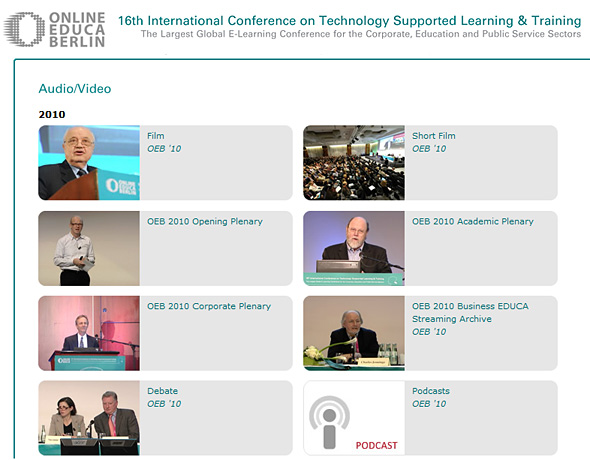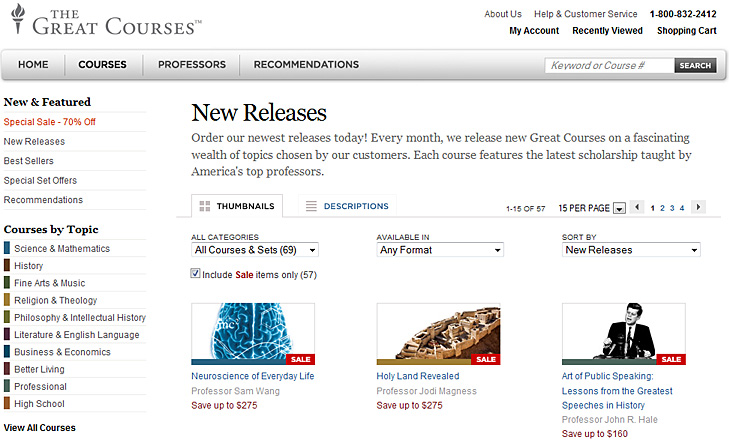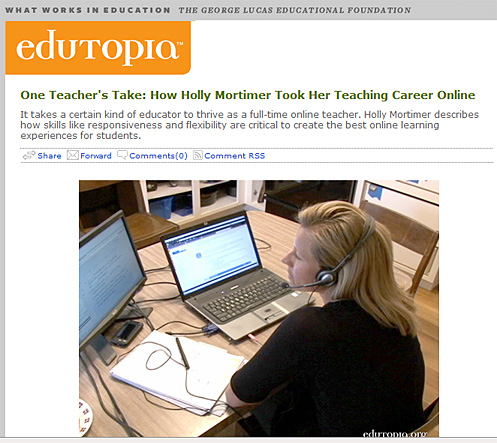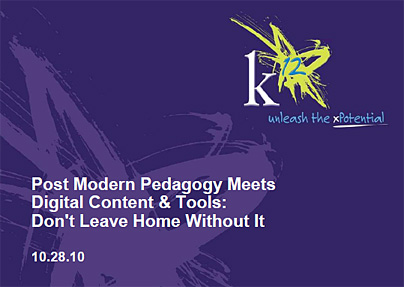The Case for the Virtual Classroom — Mashable.com
Manufacturers Turn to Smart TV After 3-D Disappoints — from WSJ (with insert from DSC below)
The idea is to make it easy to shop, surf the Web, (take a class, videoconference with others around the world, gain skills and knowledge, get training on demand) check the weather and traffic and set up customized news pages. Consumers also would have available a variety of other apps for, say, social networking or sharing photos and videos.
Copyright and Fair Use Issues in Online Education — Faculty Focus
eLearning predictions for 2011 and beyond — from Web Courseworks.com by Jon Aleckson
Excerpts:
This summer I attended the 2010 Distance Teaching and Learning Conference in Madison, Wisconsin. Some very interesting topics came up in the facilitated Think Tanks, and I wanted to share some of the predictions that were developed from these active group discussions regarding where eLearning will go in the next ten years.
…
Below you will find a table that summarizes the different opportunities and challenges that were predicted to arise in the next ten years by the participants in the conference Think Tanks and by [Jon Aleckson].
| Opportunities | Challenges | |
| Learner |
|
|
| K-12 Instruction |
|
|
| Corporate Training |
|
|
| Content |
|
|
| Learning Environment |
|
|
| Faculty |
|
|
| Administration & Management |
|
|
| International Perspectives |
|
|
Building a bottom up online education marketplace with TinyPay.Me — from Kirsten Winkler
Quoting Kirsten:
Now, I could imagine two use cases for online education. One would be a marketplace for lesson material, lesson plans, tests, exercises etc. hence a more teacher targeting approach. As there are already some websites out there where teachers can sell their material to other teachers I am pretty sure that there is a growing market for that. You could either build something based upon age groups as verticals or subject matters, there are a lot of possible combinations.
The second opportunity I see is a marketplace for live online lessons. As you can sell virtual goods via TinyPay.Me teachers could offer individual lessons or lesson packages just like on the marketplaces and platforms we all know. The interesting part here would be that the marketplace itself would not interfere with the actual teaching part. Student and teacher would sort out where, when and how to meet on their own.
UMass Dartmouth Online Professor and Student Span Distance for Collaborative Research Success — from UMassOnline Blog by Jennifer Brady
“What is interesting about this collaboration is the fact that it was entirely based in an online experience,” noted Professor McGuire. “Helen and I have never met in-person, but we were able to fully collaborate on this piece online.” “Generating a piece of primary literature in this way is a first for me” noted Professor McGuire.
Challenges Seen in Moving to Multimedia Textbooks — from edweek.org by Katie Ash
Supporting the use of multimedia-rich and interactive textbooks in K-12 will require much more digital bandwidth
“Right now, as long as all we’re doing is PDF files, the bandwidth and infrastructure in Virginia isn’t going to be a problem,” says Lan W. Neugent, the assistant superintendent of technology, career, and adult education for the Virginia Department of Education.
“But we’re going to see books become multimedia extravaganzas,” he says, “and the minute that happens, then suddenly the bandwidth is going to be pitiful.”
From DSC:
I’m interested in trying to take pulse checks on a variety of constantly moving bulls-eyes out there — one of which is new business models within the world of teaching and learning (in higher education, K-12, and the corporate world). I have no idea whether the courses that this site/service offers are truly great or not. To me, it doesn’t matter right now. What matters is whether this model — or this type of business model — takes off. The costs of obtaining an education could be positively impacted here, as competition continues to heat up and the landscapes continue to morph.
.
An e-Learning Tool Revolution — from Allen Interactions by Ethan Edwards, chief instructional strategist
Allen Interactions had a highly visible presence at the [DevLearn 2010] conference, announcing the official Private Beta Program for a new authoring system, currently under development and code-named Zebra.
…
The experience of using it has really illustrated for me in a fresh way why current authoring systems always fall so short. The challenge of designing instruction for computer delivery is how to craft an experience that engages the learner and creates unique opportunities for that learner to solve challenges. Instructional interactivity is at the core of this design process. Ideally, an authoring tool ought to put the designer at the center of manipulating interactivity.
…
What is so exciting to me about the possibilities that Zebra suggests is that for the first time in my recollection designers will be able to directly and easily manipulate those design elements that define instructional interactivity–Context, Challenge, Activity, and Feedback–in a seamless design environment. Of course, we’re just beginning this journey and there is much unknown about the significance that Zebra might have, but for the first time in a long time, I feel optimistic about authoring potential, which has been rather stalled in its tracks for almost 15 years. I can imagine this dramatically increasing the influence that instructional designers can have in the overall creating of outstanding e-learning applications.












